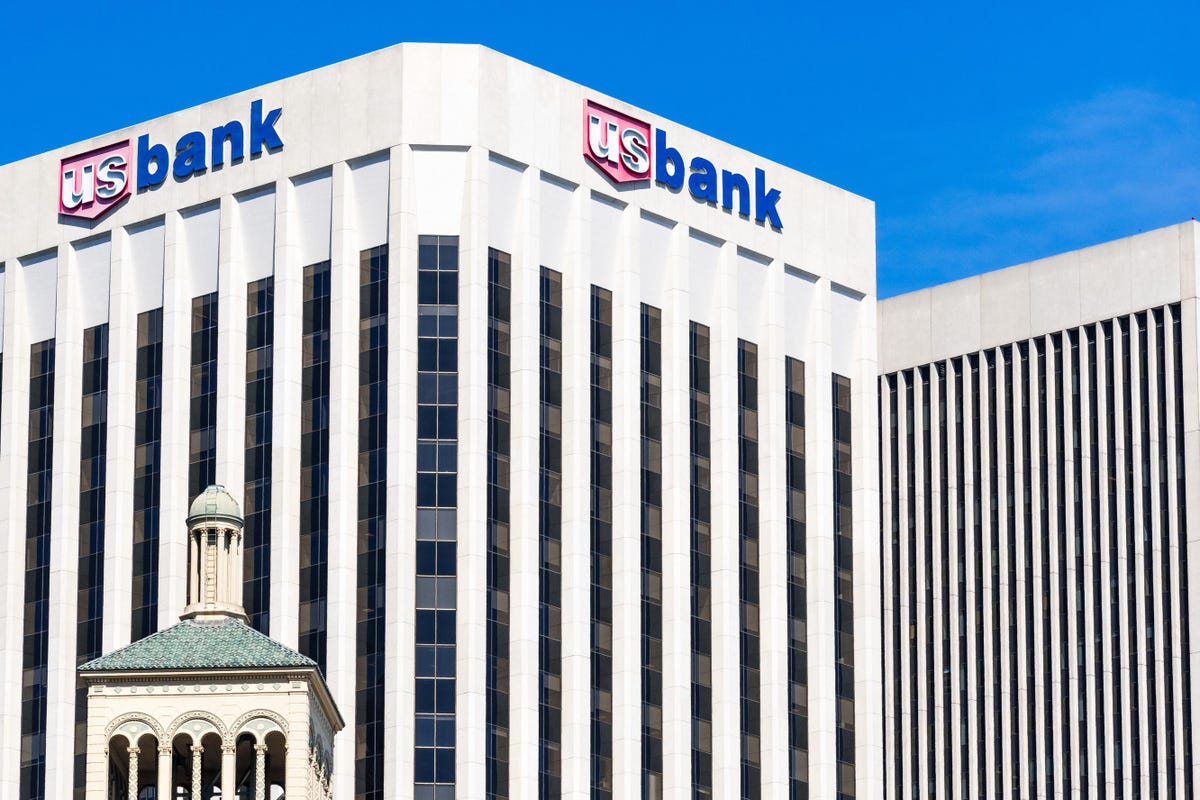Regional banks in the U.S. have not recovered from March’s banking turmoil. This coming week stock investors will be primarily focused on regional banks’ earnings releases happening mostly Tuesday – Thursday. Instead, bond investors and lenders should be more focused on regional banks’ provisions for credit losses, their liquidity ratios, the size and diversity of their deposits, and common equity which serves to help banks sustain unexpected losses.
Market Signals Move Faster Than Ratings
Regional banks began 2023 in reasonably good financial health. Unfortunately, the banking turmoil sparked by Silicon Valley Bank’s mismanagement has caused many depositors to leave regional banks for the much larger banks. A lot has changed since the beginning of 2023. Due to the processes that ratings analysts must follow, they can never move as fast as investors do. Currently, market signals show that investors are still concerned about regional banks.
The SPDR S&P Regional Banking ETF is a barometer of how investors are feeling about regional banks in the U.S, because the ETF holds 144 regional banks. The day that Silicon Valley Bank collapsed, the value of this exchange traded fun plummeted by 35% in one day. While the S&P has mostly recovered since the banking turmoil, over a month later, this regional bank barometer has not.
Another ETF that can help monitor investor sentiment about regional banks is the Invesco KWW Bank ETF. This ETF holds global systemically important banks, regional banks, and thrifts. Despite positive earnings from Citicorp, JPMorgan, PNC, and Wells Fargo
WFC
Key Metrics To Look For
Even before March’s banking turmoil, deposit growth at large regional banks had slowed significantly and even contracted over the first three quarters of 2022. This means that loan to deposit ratios rose; this liquidity measure is always important to watch, because it lets market observers know how much a bank needs to rely on deposits and wholesale funding to remain liquid.
Given economic and market signals showing concerns about an impending recession or at least a softening in the economy, I expect banks next week to raise their provisions for credit losses. Even globally systemically important banks Citicorp, JPMorgan, and Wells Fargo, which are much larger and more diversified than regional banks, all raised their provisions for credit losses.
It is also important to watch out for regional banks’ Common Equity Tier I ratios; CETI is the highest quality capital to help banks sustain unexpected losses. Banks which participated in the 2022 Federal Reserve Stress Tests showed excess capital under the Stress Capital Buffer framework. Many of the banks in the group then used this opportunity to increase the riskiness of their assets as well as on share repurchases.
As Fitch Ratings analysts explained in their U.S. Large Bank Regional Peer Report, “this drove a 64-bp decline in the median CET1 ratio from 3Q21 to 3Q22. At 9.63%, the median CET1 ratio is now also slightly below pre-pandemic levels of 9.74%. This more aggressive stance on capital management has reduced ratings headroom for most banks in the group.” If we continue to see more softening not only in the U.S., but also the global economy, bond holders and lenders will be demanding that banks be more liquid and well capitalized. Banks becoming more transparent would also serve to make regulators and market participants more comfortable with banks’ current levels of risk.
Other Recent Articles By This Author:
Big U.S. Banks Are Preparing For An Impending Recession
Investors Eyes Should Be On Leveraged Finance Markets
Deutsche Bank Should Disclose Its Current Liquidity Levels To Investors
From Ferdinand Marcos To Russian Oligarchs, Troubled Credit Suisse Is A Repeat Offender
How Trump’s Deregulation Sowed the Seeds for Silicon Valley Bank’s Demise
Warning Signals About Silicon Valley Bank Were All Around Us
High Interest Rates Will Continue To Challenge Most Sectors Of The Economy
Leveraged Loan Default Volume In The U.S. Has Tripled This Year
Probability Of Default Is Rising For High Yield Bonds And Leveraged Loans
The U.S. Leveraged Finance Market Is At A Record $3 Trillion
Read the full article here


